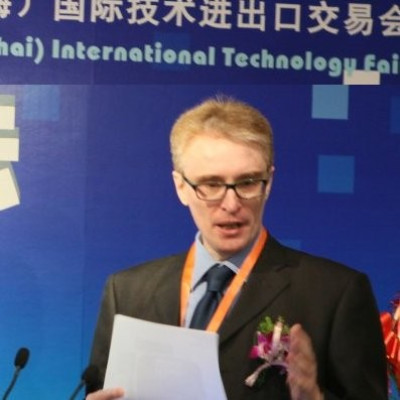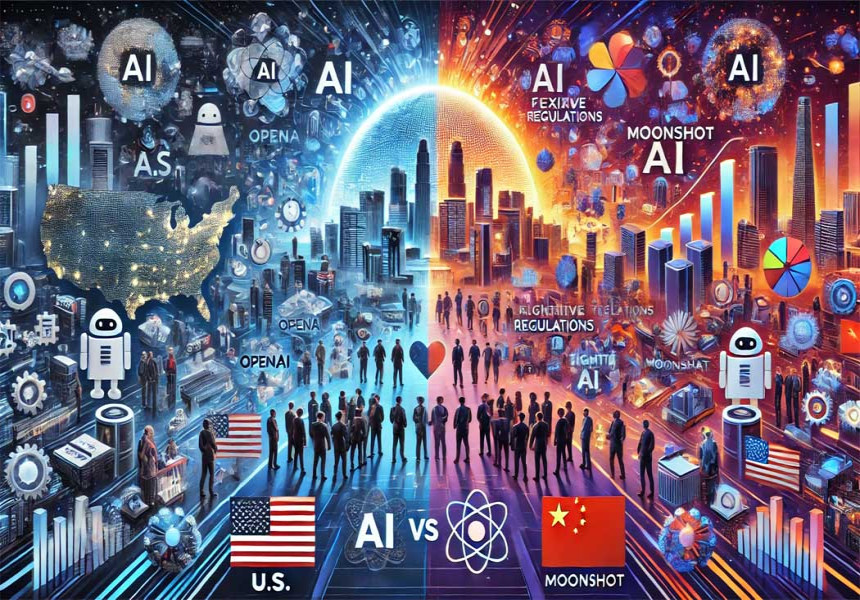Beijing’s Tiangong Ultra Wins Historic Humanoid Robot Half-Marathon in 2h40m
On April 19, 2025, Beijing hosted the world’s first-ever half-marathon specifically for humanoid robots, marking a significant milestone in robotics and AI technology. The event took place in the Yizhuang district, a major tech hub in southeastern Beijing, and featured over 20 bipedal robots competing alongside approximately 12,000 human runners, each group running in separate designated lanes.
Race Overview and Participants
The race covered the standard half-marathon distance of 21 kilometers (13 miles), with the robots navigating varied terrain including flat ground, slopes, gravel, and grass to test their adaptability and endurance. The humanoid robots were developed by a range of Chinese universities, startups, and research institutions, with notable participation from the Beijing Humanoid Robot Innovation Center, a collaboration involving UBTECH, Xiaomi, and other partners.
Winner and Performance
The winning robot was Tiangong Ultra, developed by the Beijing Humanoid Robot Innovation Center. Standing 1.8 meters tall and weighing about 52-55 kilograms, Tiangong Ultra completed the race in two hours and 40 minutes, maintaining a steady pace of 7 to 10 km/h with bursts up to 12 km/h. This time is significantly slower than the fastest human runner, who finished in just over one hour, but it represents a major technological achievement for humanoid robotics.
Tiangong Ultra’s success was attributed to its long legs, lightweight design, integrated joints, and an advanced algorithm modeled on human marathon running techniques. The robot also featured an air-cooling system to manage joint heat during the long-distance run. During the race, Tiangong Ultra stopped three times to change batteries, which was allowed under race rules and considered the robotic equivalent of hydration breaks for humans. Teams could also substitute robots during the race, but each switch incurred a 10-minute penalty.
Technological and Strategic Significance
The race was designed not just as a competition but as a demonstration of progress in core humanoid robotics technologies such as joint heat resistance, environmental perception, balance, and stability under varied conditions. It also highlighted ongoing challenges in commercialization, including cost, energy efficiency, and reliability
.
The event underscored China’s ambitions to lead in humanoid robotics, a sector identified by the Ministry of Industry and Information Technology as a "new frontier in technological competition" with goals for mass production and supply chain independence by 2025.
The race also carried geopolitical overtones, as China aims to rival and surpass Western robotics leaders like Boston Dynamics.
Additional Context
While Tiangong Ultra performed impressively, many other robots struggled, with some falling early in the race or requiring human assistance. None of the robots ran fully autonomously; many were remotely controlled or physically supported to prevent falls.
The event attracted significant attention on social media and was livestreamed by state broadcaster CCTV on platforms like Weibo.
Summary
Event: World’s first humanoid robot half-marathon
- Location: Yizhuang district, Beijing
- Date: April 19, 2025
- Participants: 20+ humanoid robots, ~12,000 human runners
- Winner: Tiangong Ultra (Beijing Humanoid Robot Innovation Center)
- Winning time: 2 hours 40 minutes
- Robot specs: 1.8 m tall, ~52-55 kg, top speed 12 km/h
- Race conditions: Varied terrain, battery swaps allowed with penalty
- Significance: Milestone in humanoid robotics, showcasing China’s tech ambitions and challenges ahead.
This event marks a notable step in the integration of humanoid robots into real-world scenarios, blending sports and cutting-edge technology while spotlighting the current limits and future potential of robotic mobility.









